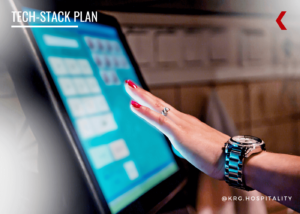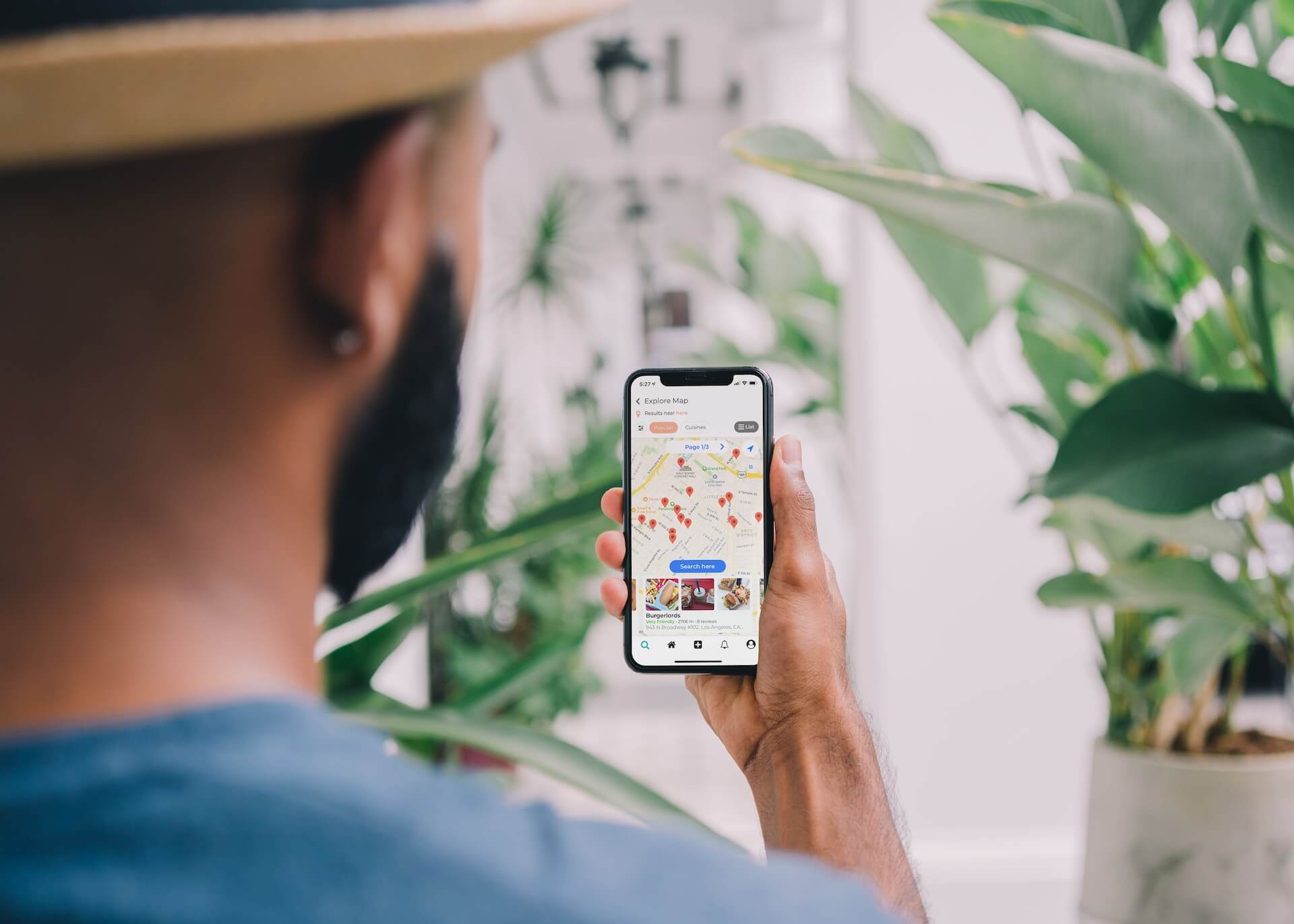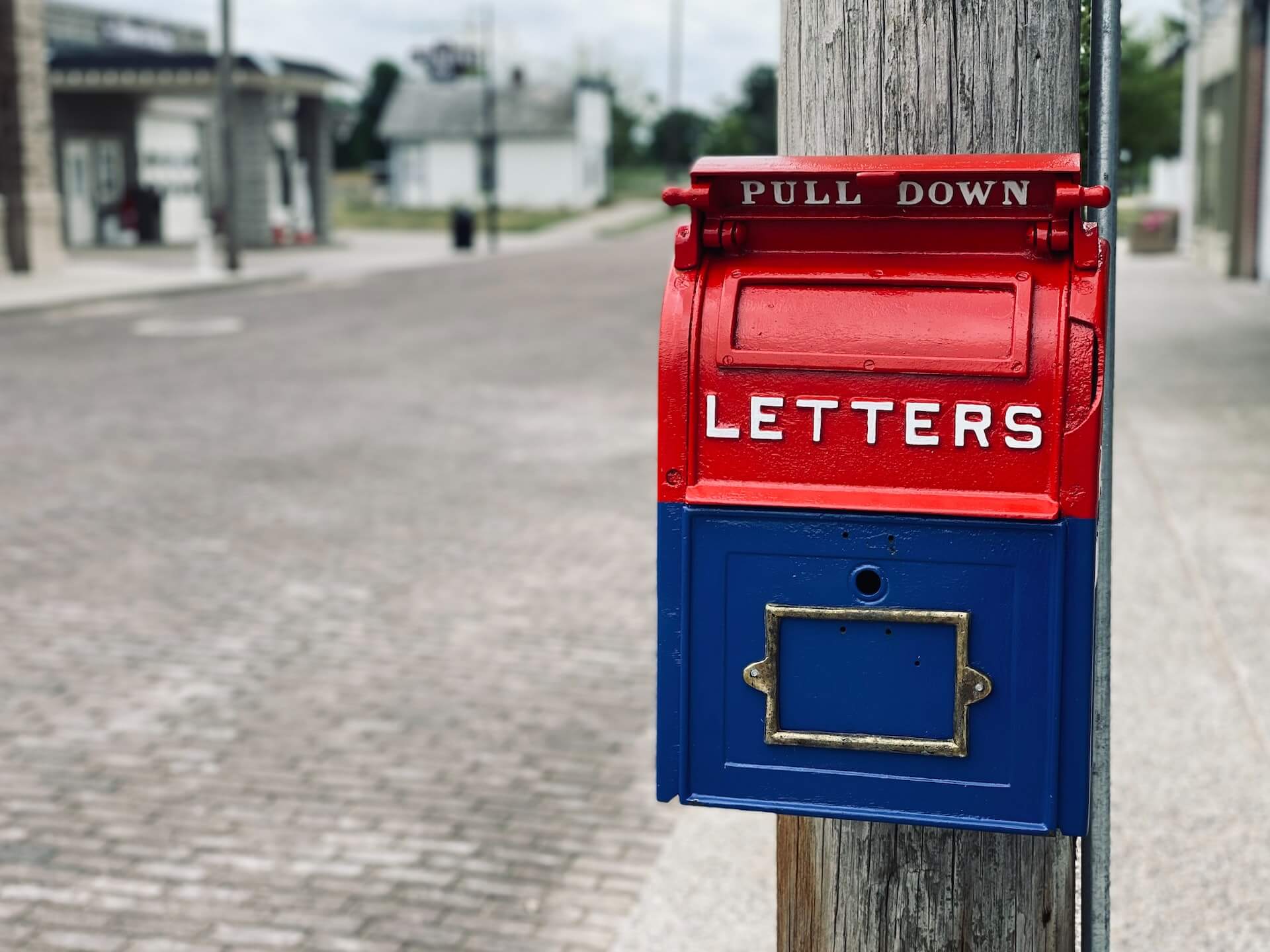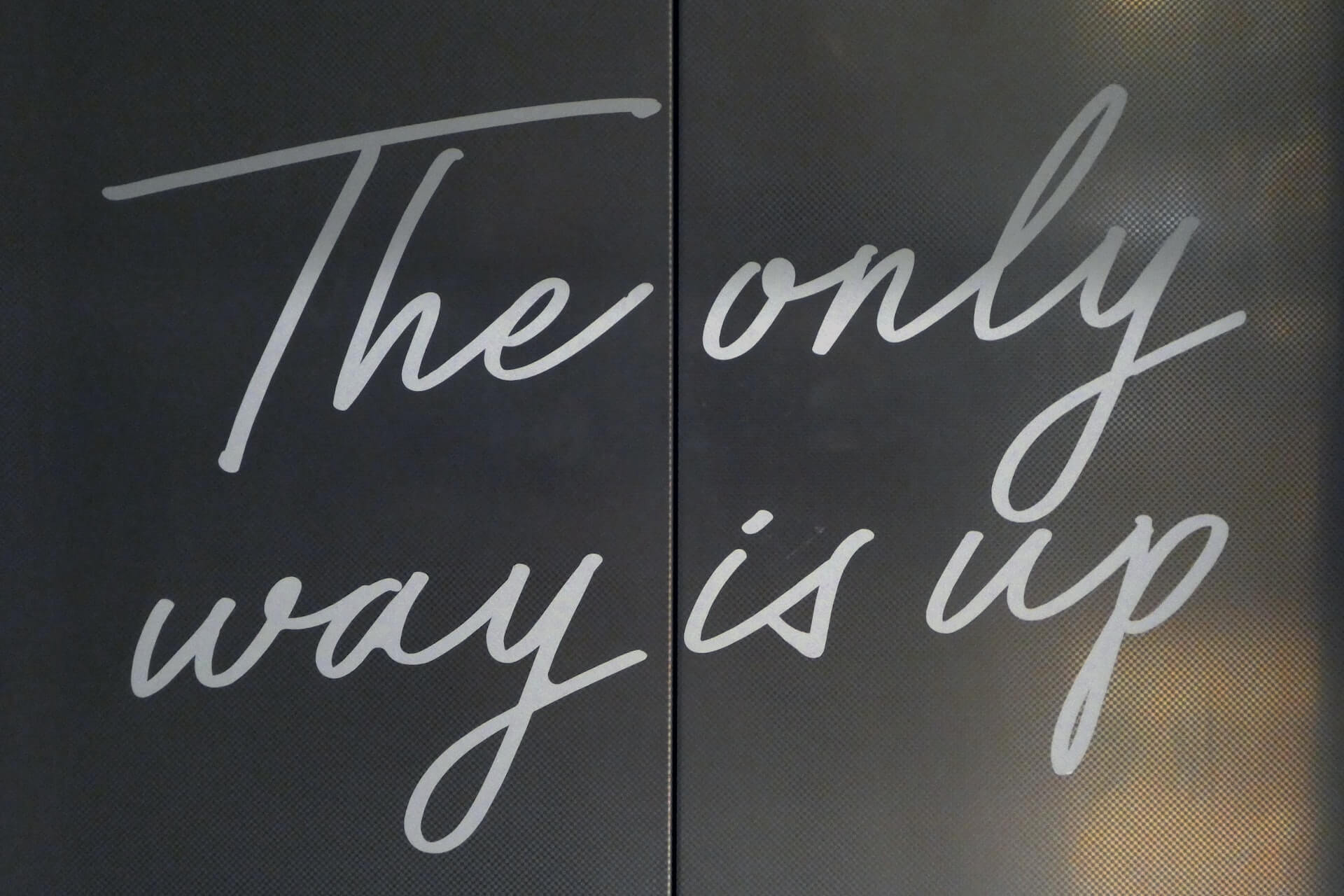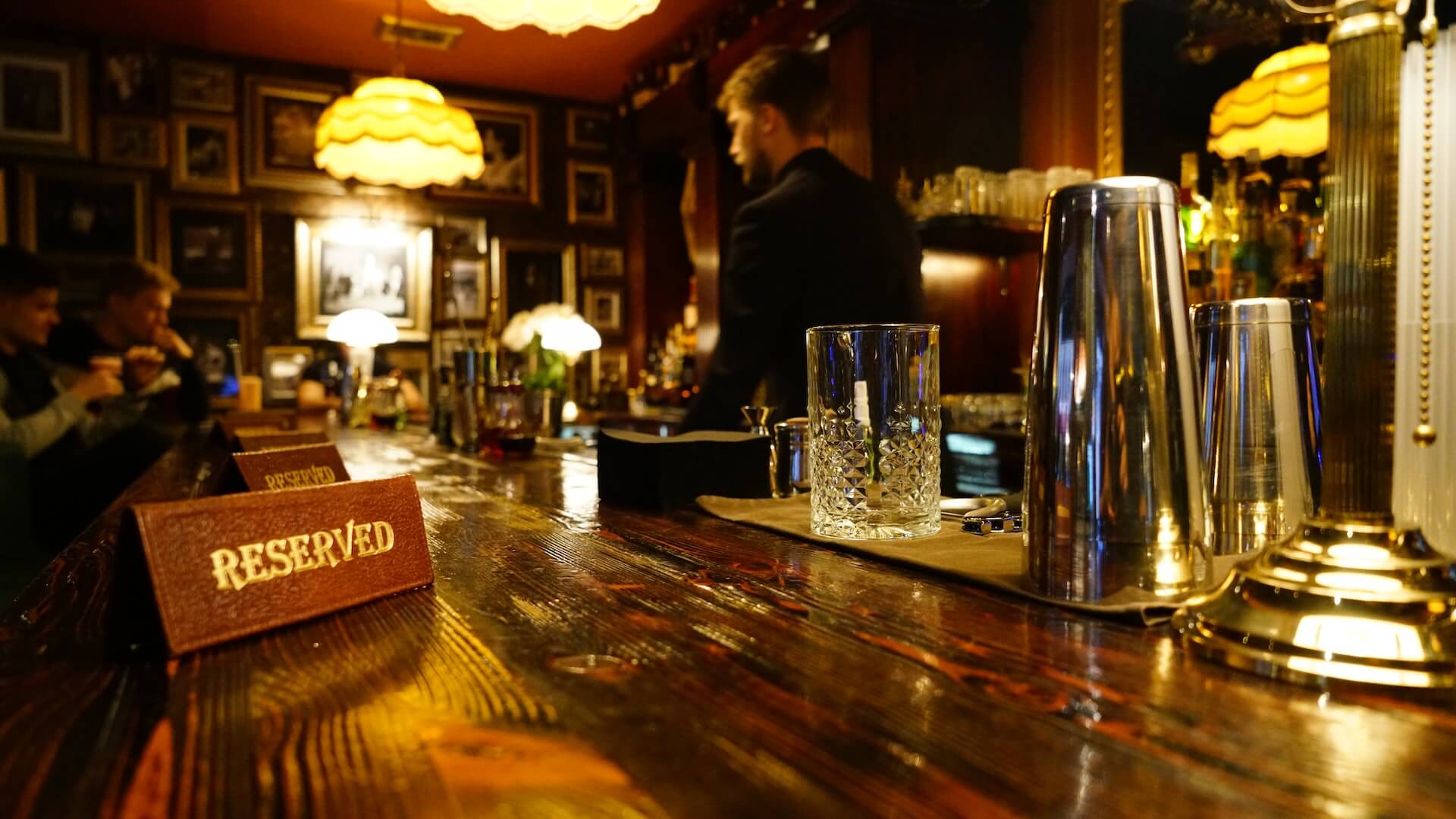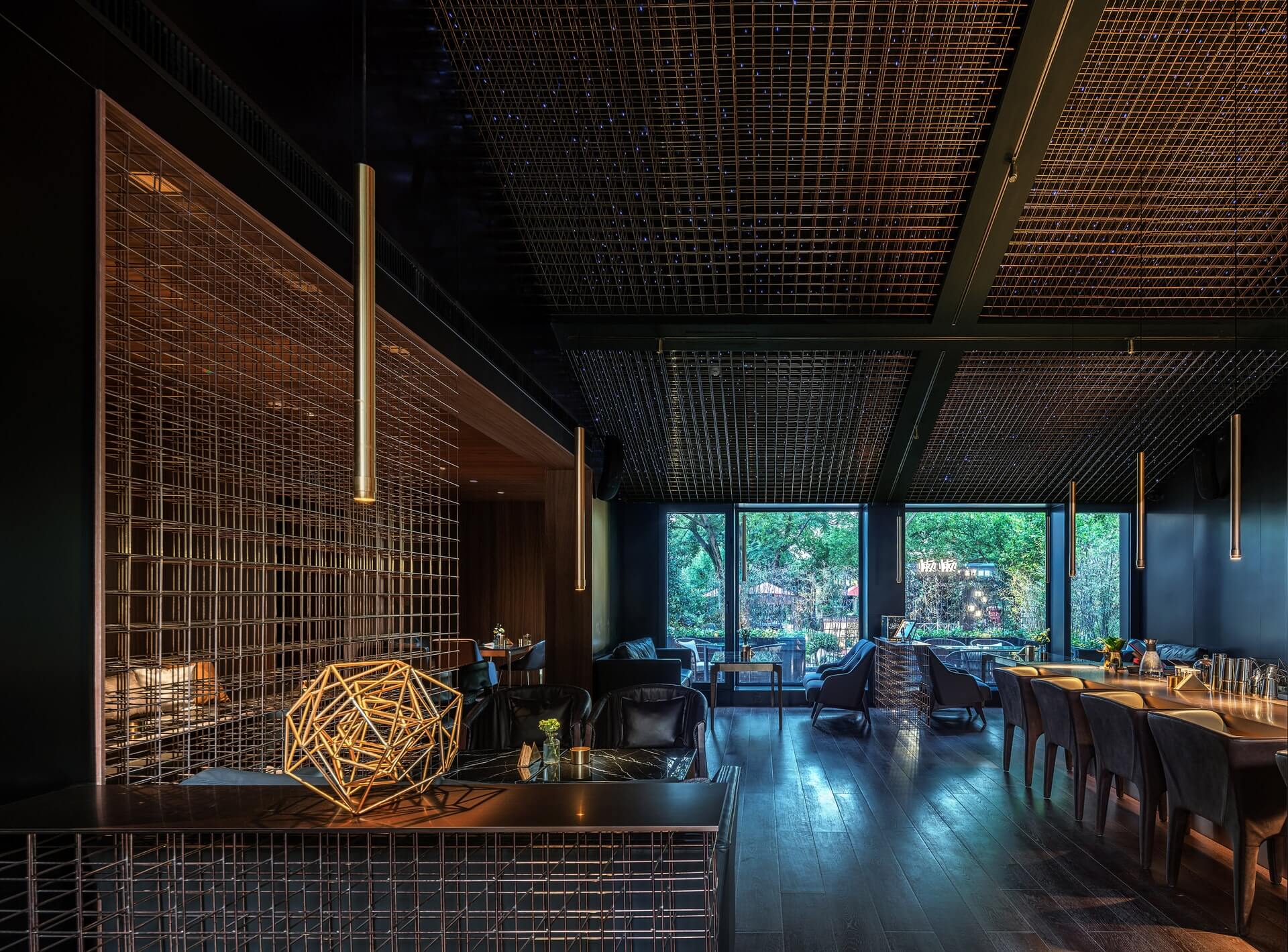AI: Coming to a Loyalty Program Near You
by David Klemt

In a logical step forward, artificial intelligence is now coming to restaurant loyalty programs to enhance personalization and encourage engagement.
Proponents say that AI is in a position to learn about program members and make recommendations. Most importantly, they claim that such technology learns to present offers that will motivate guests to make a purchase.
At the end of the day, that is the reason loyalty programs exist.
One international chain embracing AI tech to enhance their program is Wendy’s. As one would expect, they’re using AI to study an individual’s preferences, visit frequency, purchase history, and more.
Should this investment in AI prove successful, the Wendy’s loyalty program will further establish itself as one of the best in the industry. In addition to enhancing the gamification aspect of the app, offer uptake should increase.
It’s no secret that consumers want personalized offers. However, that doesn’t mean a marketing email with their first name in the greeting. A truly personalized offer is one that shows the company extending it understands the recipient.
For a surface-level example, let’s say a loyalty program user’s purchase history makes it clear they’re exclusively vegetarian or vegan. It’s incredibly likely that offering this person a deal on a double cheeseburger will fail. Over time, after receiving enough offers that don’t resonate, that user may decrease visits and even exit the loyalty program.
Toward the end of last year, Wendy’s said they expected sales driven by digital opportunities to reach nearly $2 billion. A key driver is, of course, their loyalty program.
It makes sense, therefore, for the QSR giant to invest in AI to enhance loyalty.
Punchh It
Wendy’s is partnering with PAR Tech to enhance their loyalty program via artificial intelligence.
In 2021, PAR Tech acquired a loyalty and guest engagement solutions provider called Punchh for $500 million. Now called PAR Punchh, the aim is to make it simpler for restaurants to leverage loyalty.
“With the Punchh acquisition, we are building a platform that enables restaurants to scale quickly, own their path to innovation, and take back their guest relationship. This eliminates the need for juggling disjointed vendors, developing cumbersome point-to-point integrations, and relying on 3rd party dependencies. At the same time, Punchh advances our ability to provide customers with an end-to-end solution, from guest-to-kitchen, through one unified data source,” said PAR Tech CEO and president Savneet Singh back in 2021.
Per PAR Tech, there are more than 200 enterprise-level restaurant chains using Punchh currently. It stands to reason that number will grow if partnering with the platform proves lucrative for brands like Wendy’s.
Further, as AI tech reaches ubiquity and delivers more desirable results, it should become more affordable for regional chains and independents to leverage it as well.
Operators of all sizes who offer loyalty programs should keep an eye on AI-enhanced programs and the opportunities they present.
Image: Alexander Sinn on Unsplash

